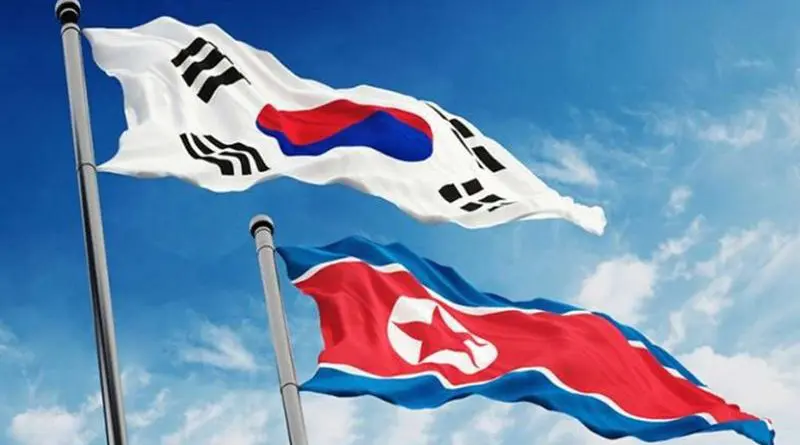Why The Singapore Statement Still Matters For Seoul – Analysis
By Minseon Ku*
While it is custom for state leaders to invite newly elected heads of other governments to meet, South Korean President Moon Jae-in’s upcoming meeting with US President Joe Biden in May will serve a number of purposes. Beyond reaffirming the ROK–US alliance, the two will discuss a range of issues including North Korea.
Moon has been eager to reinvigorate inter-Korea and US–North Korea talks in his now last year as president, but the new Biden administration has been relatively taciturn about North Korea, committing only to a policy review. Fortunately for Moon, the review recommends building on the 2018 Singapore Joint Statement, which he had been pitching to the United States as a starting point for renewed nuclear diplomacy with North Korea. It is still uncertain what Biden thinks of the review. Moon will likely make a bid for the Singapore Statement to be included in his joint statement with Biden.
This is no easy task. Washington needs to be persuaded that the Singapore Statement is the historic opportunity Seoul sees it to be. Moon has repeatedly called on the Biden administration to build on the statement, first in a January 2021 press conference and again in a recent interview with The New York Times. The South Korean president is convinced of the merits of the Singapore Statement, primarily because it gives security assurances to North Korea (paraphrased in the agreement as ‘establishing new US–North Korea relations’) — a condition which the Kim family regime has been demanding for decades in exchange for denuclearisation.
Moon also has to assure Biden that North Korea will follow up on the Singapore Statement. Fortunately for him, North Korea seems keen to do so. Its ambassador to the United Nations said in September 2019 that the fate of peace on the Korean Peninsula rests on the implementation of the Singapore Statement. More importantly, North Korea leader Kim Jong-un called for adopting ‘the joint declaration’ in a report to the Eighth Congress of the Workers’ Party of Korea earlier this year, hinting at the continued viability of the Singapore Statement.
Keeping the Singapore Statement afloat is not without risk. Moon has worked to depoliticise the statement by decoupling it from both himself and Donald Trump. Moon has also labelled Trump and Kim’s second meeting the ‘no-deal Hanoi summit’ and blamed Trump’s laziness and irrationality for its failure rather than North Korean recalcitrance.
This is an awkward position for the South Korean president, because Trump’s diplomatic outreach promoted Moon’s idea of ‘permanent peace’ on the peninsula. The Singapore Statement remains the best pathway toward that goal. Its second principle calls for joint US–DPRK efforts ‘to build a lasting and stable peace regime on the Korean Peninsula’, aligning with Moon’s inter-Korea outreach prefaced on a nuclear-free peninsula.
Moon’s own active role as a mediator and facilitator at the Trump–Kim summits makes it difficult for him to excise his North Korea policy from Trump’s erratic, unprincipled and unpopular legacy. Moon was able to mediate the US–DPRK talks partly because he seemed to know what made Trump tick. Crediting Trump for kicking off talks with North Korea and going as far as suggesting that he deserves a Nobel Peace Prize may have helped convince the Trump administration to attend the Singapore Summit in the first place.
That Trump was made the key figure of US outreach to North Korea in 2018–19 makes Moon’s sell to the current administration all the more difficult. His proactivity in the diplomatic process can be interpreted as Moon taking advantage of Trump’s preference for personalistic and transactional diplomacy, which many in the United States might consider an embarrassment and a failure.
That the Singapore Joint Statement was signed by Trump and Kim made more salient questions regarding the importance of US–DPRK talks to US national interests. This makes it unlikely that the Biden administration will welcome Moon’s suggestion to carry through the principles in the statement.
Moon will leave office in 2022 and the Singapore Joint Statement could be shredded and forgotten. But North Korea’s nuclear weapons will remain and dominate US–South Korea relations. The Biden administration would be wise to seriously confront the challenge of denuclearisation on the Korean Peninsula sooner rather than later. The Singapore Statement is the best jumping-off point to get that process started.
*About the author: Minseon Ku is a PhD candidate at Ohio State University.
Source: This article was published by East Asia Forum

